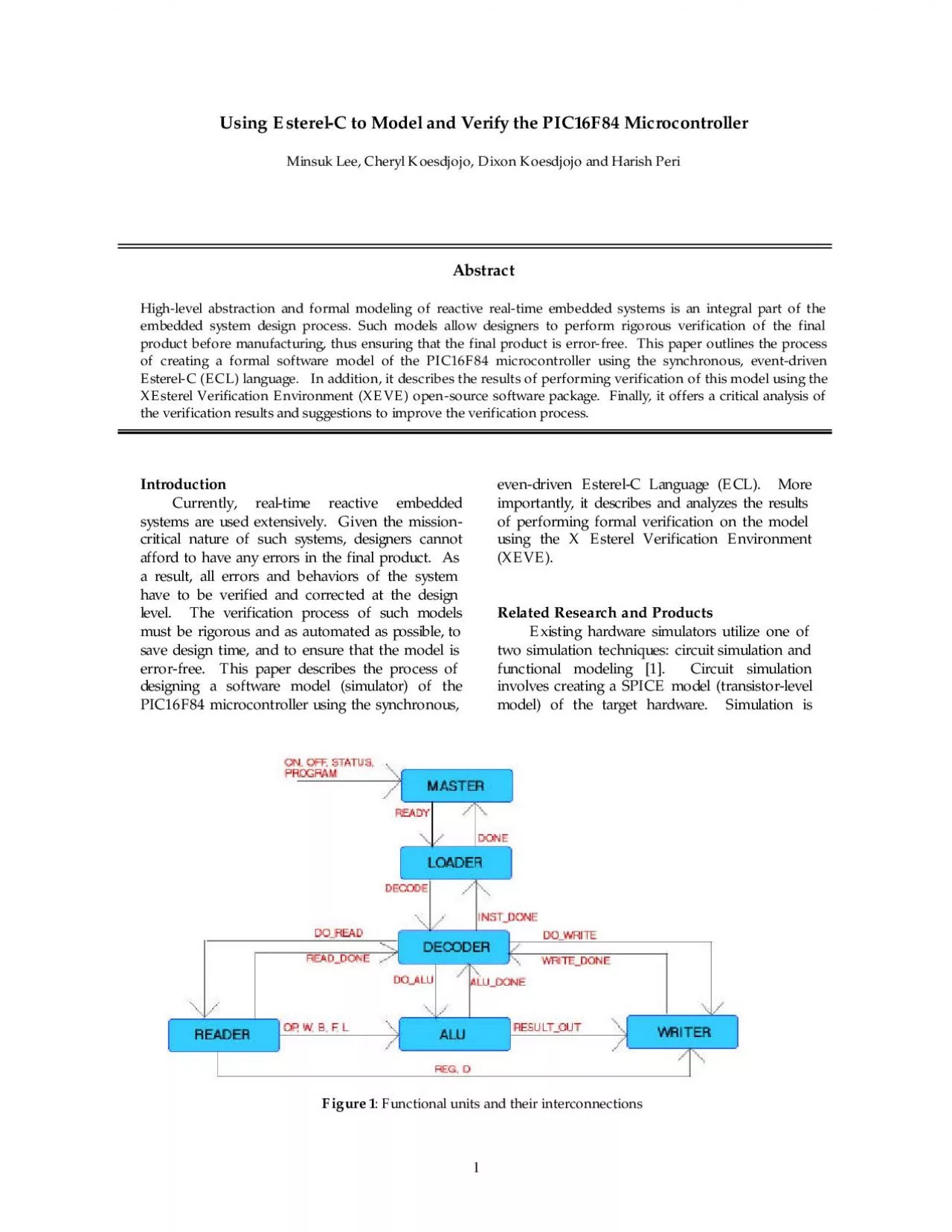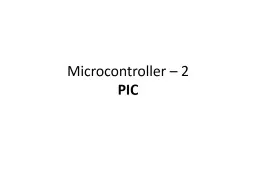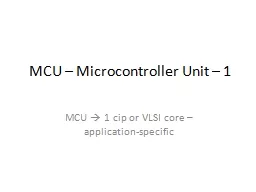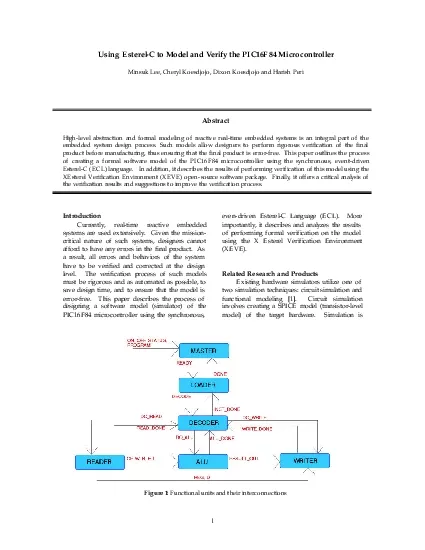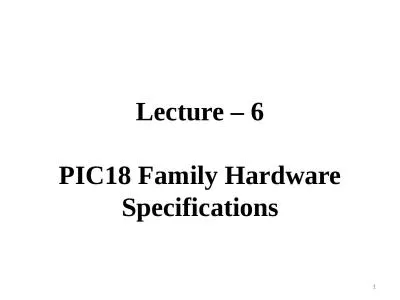PDF-Using EsterelC to Model and Verify the PIC16F84 Microcontroller Mins
Author : faith | Published Date : 2021-09-10
1Figure 1 Functional units and their interconnections 2performed by measuring the voltage and current outputs of the model in response to different input signals
Presentation Embed Code
Download Presentation
Download Presentation The PPT/PDF document "Using EsterelC to Model and Verify the P..." is the property of its rightful owner. Permission is granted to download and print the materials on this website for personal, non-commercial use only, and to display it on your personal computer provided you do not modify the materials and that you retain all copyright notices contained in the materials. By downloading content from our website, you accept the terms of this agreement.
Using EsterelC to Model and Verify the PIC16F84 Microcontroller Mins: Transcript
Download Rules Of Document
"Using EsterelC to Model and Verify the PIC16F84 Microcontroller Mins"The content belongs to its owner. You may download and print it for personal use, without modification, and keep all copyright notices. By downloading, you agree to these terms.
Related Documents

